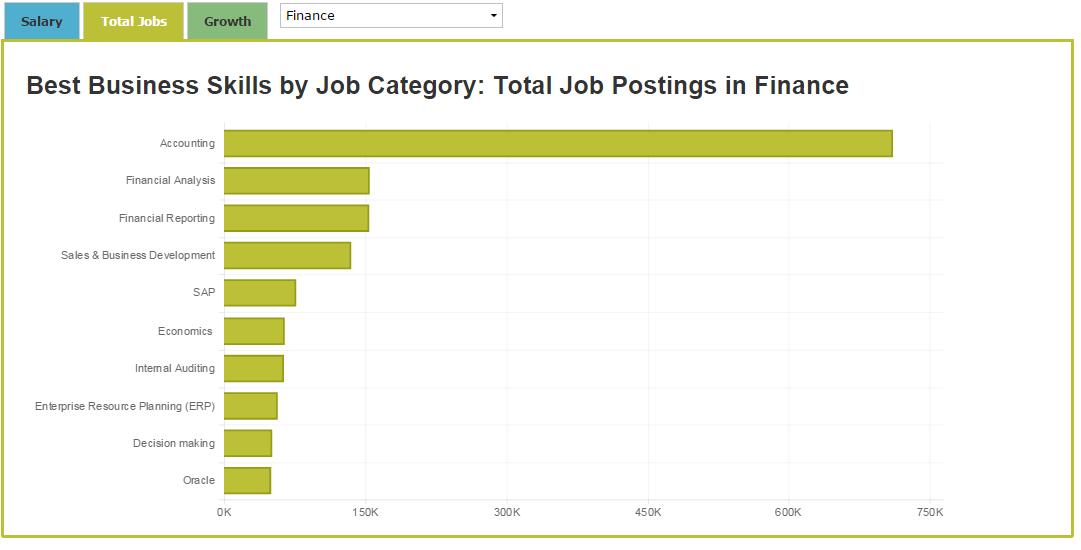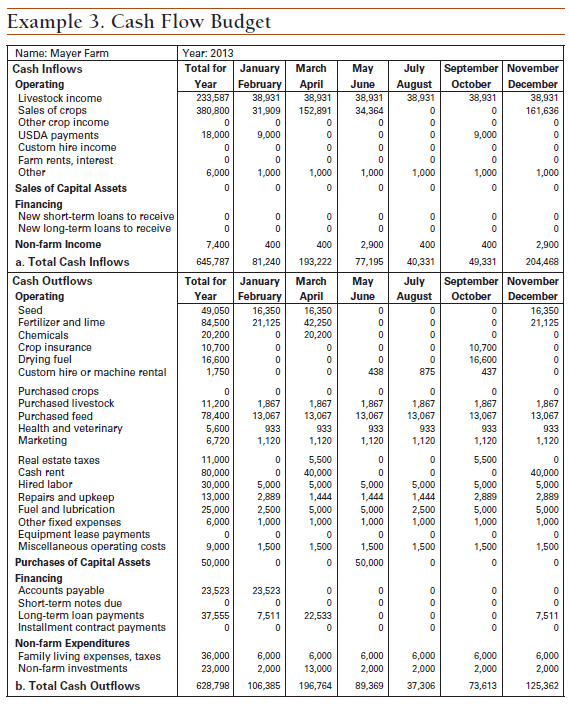Explain the Properties of Indifference Curve Properties of Indifference Curve


In the above diagram, it shown that the indifference IC touches Y axis at point P and X axis at point S. At point C, the consumer purchase only OP commodity of Y good and no quantity of X good, similarly at point S, he buys OS quantity of X good and no amount of Y good. The table given below is an example of indifference schedule and the graph that follows is the illustration of that schedule. The number of units of one good a consumer is willing to give up to get one more unit of another good and maintain the same level of satisfaction.
The consumer does not have sufficient funds to purchase all combinations of the two goods. The limits imposed by the budget are shown through the consumer’s budget line. A budget line incorporates information on both the limited income of the consumer to spend and the prices of two purchasable goods. On the other hand, if the price of apple becomes very high he may be forced by lack of means to give up apple.
Think about it if someone were to ask you if you wanted a free slice of pizza or an entire pizza for free, what would you say? Now, of course, it’s not always that simple, but in basic economic theory, we can assume that consumers have a preference for larger quantities. The higher the indifference curves are, the larger the quantities of both goods. The indifference curve analysis is indicated with a graphical representation.

Two sets of earbuds and one iPod is no better than one set of earbuds and one iPod, so bundle B[/latex] lies on the same indifference curve. The same is true for two iPods and one set of earbuds, as in bundle C[/latex]. From this example, we can see that indifference curves for perfect complements have right angles. For simplicity and clarity, from here on, we will describe preferences that lead to indifference curves with these three properties as standard. This will be our default assumption—that consumers have standard preferences unless otherwise noted. Notice that figure 1.2.1 includes several indifference curves.
What Defines the Convexity of Indifference Curves?
It is also assumed that consumer preferences are often monotonic in nature. This means that they always want more of a product to get more production properties of indifference curve out of it. As the quantity of the product goes up, its overall consumption rate goes up and along with it, the satisfaction level also goes up.
- Therefore, these points on indifference curve IC2 represent higher satisfaction levels.
- Marginal Rate of Substitution refers to the rate at which the consumer is willing to sacrifice one good to obtain one more unit of the other good.
- Similarly point C is better than point B and D is better than point C as the combinations differ giving the consumer greater satisfaction.
- Each axis of the graphical representation indicates a specific type of product.
In fact, any point in the shaded area with Y as origin dominates Y. In the same way, any point in the lower (south-west) quadrant such as K is inferior to Y since Y dominates all points in it. Enotes World is an online study portal where you find different study materials on different content. We cover topics related to economics, management, finance, research, law, and other contemporary issues. At point ‘A’ in the figure, the consumer possesses 1 unit of ‘X’ and OY, units of ‘Y’. To obtain 1 more unit of ‘X’, he is willing to give up Y, Y2 units of ‘Y’ to acquire further additional units of ‘X’; he is ready to part with Y2 Y3, Y3 Y4 units of ‘Y’ and so on.
Class wise Book Solution
This is supposed to be a common feature of consumer preferences. Thus to be able to derive an indifference curve we have to rule out the possibility of lexicographic orderings . An English Economist, Francis Ysidro Edgeworth, invented the technique of indifference curve nearly at the end of the 19th century.
First, the indifference curve is sloping downward from left to right. Second, the indifference curve is strictly convex towards the origin. The tangency condition between the indifference curve and the budget line indicates the optimal consumption bundle when indifference curves exhibit typical convexity.
Indifference curves are heuristic devices used in contemporary microeconomics to demonstrate consumer preference and the limitations of a budget. Economists have adopted the principles of indifference curves in the study of welfare economics. This is one of the important property of indifference curves.

To restrict ourselves to a curve like IC1 we have to draw a distinction between ‘general’ convexity and ‘strict’ convexity. 4.25 for a movement along IC from left to right a certain amount of x1 is required to compensate the consumer for the loss of x2. To the right of X, all bundles contain more x1; hence all points to the right of x1, regardless of which quadrant they are in, are preferred to X. For bundles with a given amount of x1 — that is, bundles lying on the vertical line through X — those to the north are preferred to those to the south.
In the 1880’s he employed it to show the possibility of exchange between two persons but he did not employ different types of curves to explain consumer’s demand. The Italian economist Vilfredo Pareto had polished and applied the concept more expansively than before in the early nineties. Finally, in the 1930’s it was greatly extended by two English economist R.G.D Allen and J.R Hicks. 4.10 shows that the highest indifference curve the consumer can reach is IC3 which just touches the consumption possibility line AB. Once the consumer reaches this position he will not shift his purchase pattern, unless his income changes or unless the price of X or of Y becomes different. From this reasoning we can conclude that the equilibrium position of the consumer is at the point where the Consumption Possibility Line is the tangent of an Indifference Curve.
One of the assumptions, after much research, determines that consumers are much more inclined towards satisfaction or are satisfied when they buy goods which are on a high Indifference Curve. The points A and B on the indifference curve are so close to each other that they almost fall on the same straight line Tt which is touching the indifference curve. IC analysis is based on the combinations of two commodities. Considering more than two commodities in IC analysis makes the calculations more complex. This may further make it difficult to predict consumer behaviour. When the indifference schedule for X and Y is plotted on a graph, a curve is obtained, which is shown in Figure 1.
Properties of Indifference Curves | Microeconomics
In the case of any consumer, the utility refers to gain from the consumption of two commodities. In the curve, the quantity consumed by B2 will compensate for the increase in the amount consumed by B2. As the consumer moves from A to B to C to D, the willingness to substitute rice for beans diminishes. This means that as the amount of rice is increased by equal amounts, that of beans diminishes to smaller amounts.
The answers to these questions are critical when choosing among the policy alternatives. In other words, is offering a subsidy to consumers the most effective way to meet the policy goals of decreased dependency on foreign oil and carbon emissions? Are there more efficient—that is, less expensive—ways to achieve these goals? The ability to predict with some accuracy the response of consumers to this policy is vital to determining the merits of the policy before millions of federal dollars are spent.
One of the properties of the indifference curve is that it is strictly convex and never concave. When the consumer repeatedly substitutes or consumes one good over another, the marginal rate of substitution diminishes. The slope of the curve at any given point represents utility for any combination of two goods.
Graphs
Therefore, an indifference curve never touches either of the axes. All points or bundles on an indifference curve that gives the same level of satisfaction to the consumer are known as Indifference Set. Developed first by Francis Ysidro Edgeworth in his seminal 1881 book, the theory of Indifference Curves is a vital component of ordinal utility and consumer theory. Used worldwide to predict and judge consumer behavior, the approach prefers the study of consumer preferences, instead of measuring them in terms of money. The following indifference set shows the different combinations of wheat and rice that yield customer equal satisfaction.
Meaning and Definitions of Indifference Curve
Now we can ask what bundles are better, worse, or the same in terms of satisfying this college student. Clearly, bundles that contain fewer of both goods, like Bundle D[/latex], are worse than A[/latex], B[/latex], or C[/latex] because they violate the more-is-better assumption. The most important results of our model of consumer behavior hold when we only assume completeness and transitivity, but life is much easier if we assume more is better as well. If we assume free disposal , the assumption that more is better seems reasonable. It is certainly the case that more is not worse in that situation, and so to keep things simple, we’ll maintain the standard assumption that we prefer more of a good than less.
In the last case we say that he is indifferent between them. It is not necessary at this stage to know how much utility is obtained from an apple or an orange. Thus, the consumer will definitely prefer A to B, that is, A will give more satisfaction to the consumer than B.
This can be proved by showing that if two indifference curves on the same indifference map intersect, there is logical contradiction (or inconsistency). These combinations are represented by small circles in Fig. 4.7 where apple is measured on the horizontal axis and orange on the vertical axis. Let I be a continuous line joining the small circles and other similar points. He may prefer a to b or b to a or he may like both combinations equally well.
Indifference curves can show the overall comparison of satisfaction levels derived from two products. They are proportional in nature meaning that the satisfaction derived from the two products remains the same over the course of time. Therefore, when the demand for one product goes up, the demand for the other comes down. This helps economists and analysts determine the comparative demands of products that are used to show the overall demand for one product at a certain point in time.
Alternatively, a mixture of two indifferent bundles is indifferent to the two extreme bundles, rather than preferred to them. The axiom of strict convexity implies that any mixture along the line XWY will be preferred to Z and Y. Thus, the consumer always prefers a mixture of two consumption bundles which are indifferent to each other, to either one of those bundles. This preference for mixtures is a commonly observed aspect of consumer behaviour.